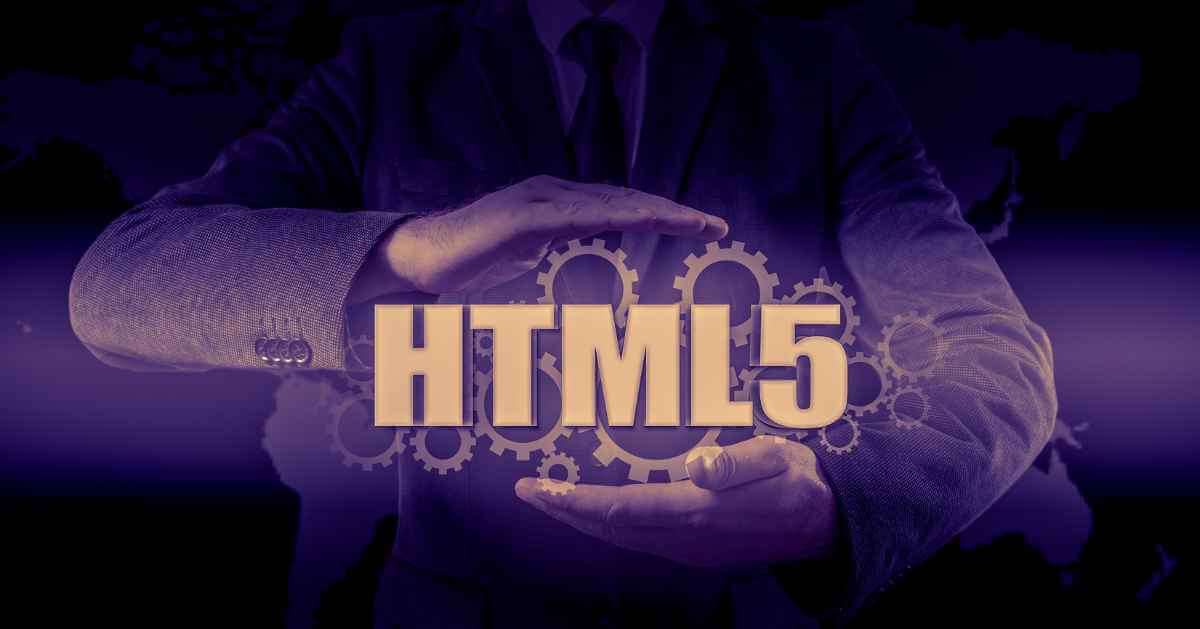A Closer Look at HTML5 and It’s Uses

The latest version of HyperText Markup Language, HTML5, has completely changed how webpages and apps for the web are created. Now with powerful features and widespread adoption, many had gone to HTML5 to experience the change and know firsthand why they should use it for modern web development.
Thank you for reading this post, don't forget to subscribe!Up next, we will delve into the world of HTML5, exploring its key features, and common uses, including how html5 games online have been part of it, the advantages and challenges, and its future prospects.
Key Features of HTML5
- Semantic elements: HTML5 introduces a set of semantic tags that provide better structure and meaning to web content.
- Multimedia support: HTML5 enables seamless integration of audio and video content without the need for external plugins.
- Canvas and graphics capabilities: With the HTML5 canvas element, developers can create stunning visuals and animations directly in the browser.
- Local storage and offline functionality: HTML5 offers a robust local storage mechanism, allowing web applications to store data offline and work without an internet connection.
- Improved form elements and input types: It’s easier to build user-friendly forms now, as HTML5 introduces a new way to form elements and input types that developers can navigate without much problem.
- Geolocation API: This new API allows websites to access a user’s geographical location, enabling location-based services, and this without the need of GPS support.
- Web workers and enhanced performance: HTML5 supports web workers, enabling parallel processing and improving overall performance.
Common Uses of HTML5
- Responsive web design: HTML5’s flexible layout and media queries make it ideal for creating websites that adapt to different screen sizes and devices.
- Mobile application development: HTML5 is widely used for building cross-platform mobile applications that run smoothly on various devices and operating systems.
- Rich media and interactive content: HTML5 empowers developers to create engaging multimedia experiences, such as interactive infographics and immersive presentations.
- Gaming and animations: HTML5 has become a popular choice for developing browser-based games, thanks to its canvas element and support for JavaScript game frameworks.
- Offline web applications: HTML5’s local storage and offline capabilities enable the development of web apps that can be accessed and used even without an internet connection.
- Real-time communication (WebRTC): HTML5’s WebRTC technology enables real-time audio and video communication directly in your preferred browser, which facilitates applications like video conferencing and chat.
- Cross-platform compatibility: HTML5 ensures compatibility across different platforms and devices, making it easier to reach a broader audience.
Advantages and Benefits of HTML5
- Improved user experience: This provides smoother, faster, and more interactive user experiences, enhancing engagement and satisfaction.
- Simplified development process: HTML5’s intuitive syntax and enhanced features streamline the web development workflow, reducing complexity and saving time.
- Reduced dependency on plugins: Unlike older technologies like Flash, HTML5 reduces the need for external plugins, improving performance and security.
- Better accessibility and SEO-friendly markup: HTML5’s semantic elements and clean code structure contribute to better accessibility for users with disabilities and improve search engine optimization.
- Cost-effectiveness and time savings: HTML5’s cross-platform compatibility and code reusability significantly reduce development costs and time investments.
Challenges and Limitations of HTML5
- Browser compatibility issues: Although HTML5 is widely supported, variations in browser implementation can cause compatibility issues that developers need to address.
- Security concerns: As with any web technology, this language has its security considerations that developers must be mindful of, such as protecting against cross-site scripting (XSS) attacks.
- Performance considerations: Complex HTML5 applications and animations may require careful optimization to ensure smooth performance, especially on low-powered devices.
- Lack of support for older devices and browsers: Some older devices and browsers may not fully support all HTML5 features, limiting the user experience for those users.
Future of HTML5
- Ongoing development and evolution: HTML5 continues to evolve, with new features and improvements being developed to enhance its capabilities.
- Emerging technologies and standards: HTML5 is the foundation for emerging technologies like Web Components and WebAssembly, paving the way for even more powerful web applications.
- Impact of HTML5 on the web industry: The broad adoption of HTML5 has changed how websites and applications are developed and created new opportunities for innovation.
Now that we now more about HTML5’s features, it’s easy to see that it has transformed the web development landscape, empowering developers to create richer, more engaging, and cross-platform experiences. Its key features, including semantic elements, multimedia support, canvas graphics, and offline functionality, have opened up a world of possibilities for web designers and developers. While HTML5 offers numerous advantages, it also presents challenges that need to be considered. With ongoing development and the emergence of new technologies, HTML5’s future looks promising, promising further advancements in web development. Embracing HTML5’s capabilities is essential for staying ahead in the ever-evolving digital world.